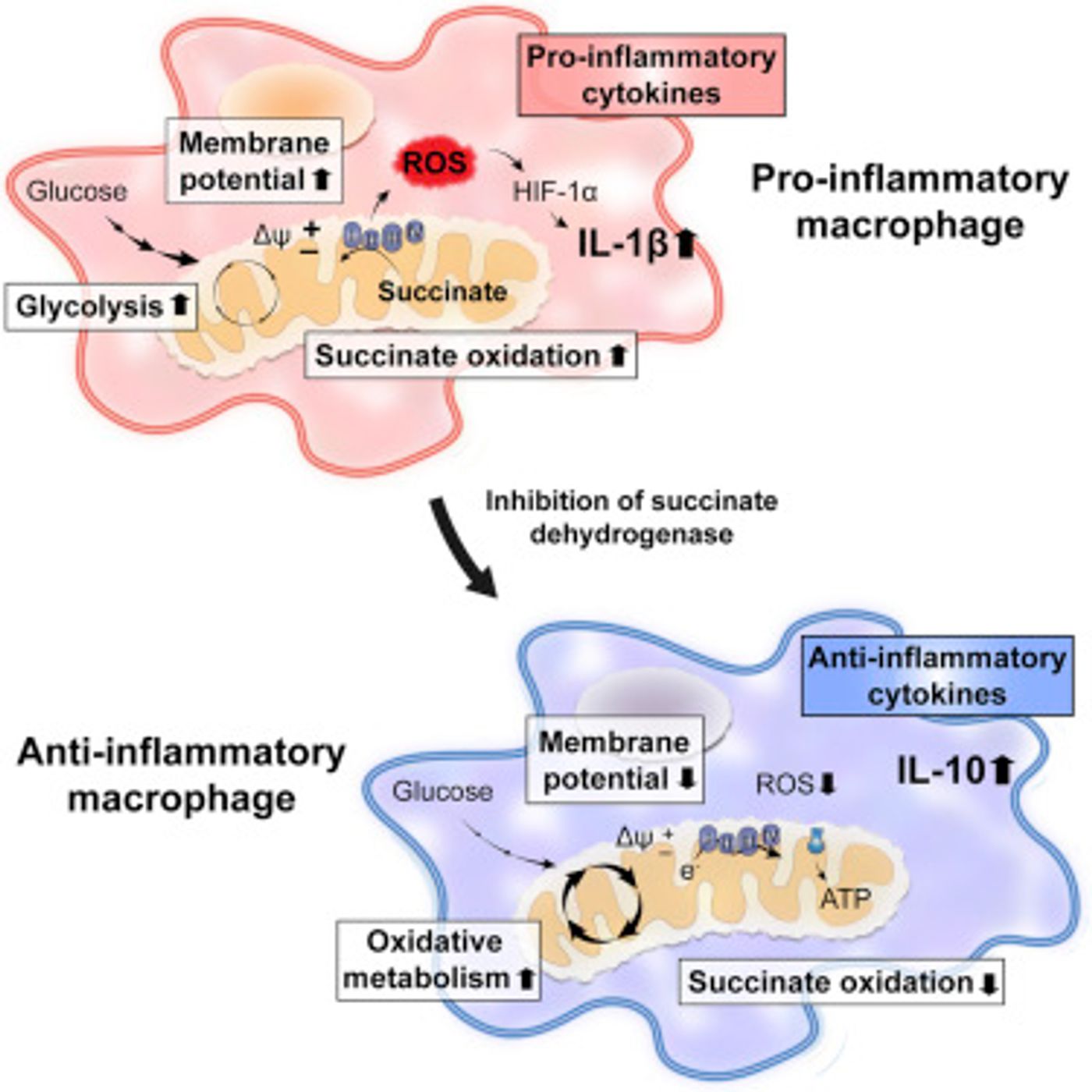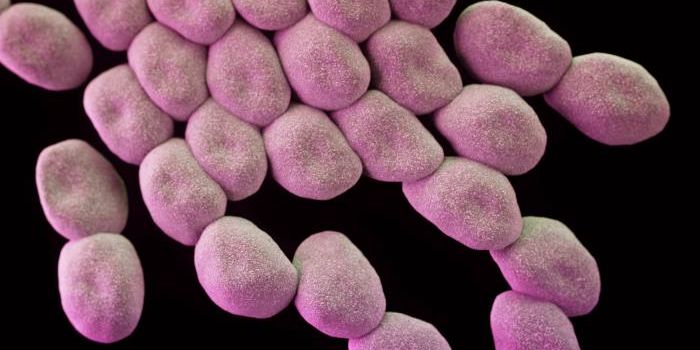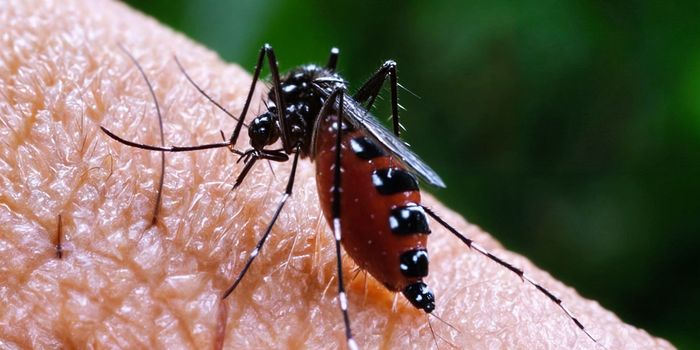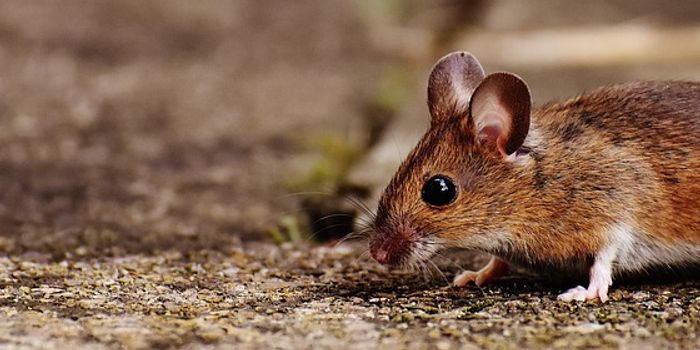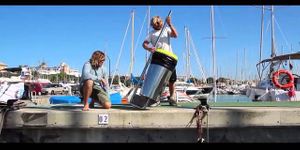An alternative oxidase enzyme from a sea squirt that acts on the mitochondria can work as a fail safe. As such, it can potentially halt uncontrolled inflammation that can cause organ failure and death, a process that occurs in bacterial sepsis.
Mitochondria are organelles in cells that work as powerhouses, using their electron transport chain to create energy in the form of ATP. Work that has been recently
published in Cell by Marten Szibor and Howard 'Howy' Jacobs of the Institute of Biotechnology, University of Helsinki has indicated that mitochondria likely play a role in the mechanism of macrophage activation.
Macrophages are an important part of the immune system, scouring our body for invaders that they then digest. A common component of bacterial envelopes is a lipopolysaccharide, which can act as a powerful activator of macrophages. When macrophages encounter the lipopolysaccharides of bacteria walls, they reprogram their metabolism such that their mitochondria produce oxygen radicals. This response to bacterial invasion can spin out of control and result in deadly sepsis. For a simple explanation of sepsis check out the short video below.
"The mitochondrial switch initiates a cascade of pro-inflammatory signals. But the process can be counteracted by various different treatments which limit oxygen radical production," explained Howy Jacobs.
Jacobs’s research team has been investigating the characteristics of the mitochondrial alternative oxidase enzyme (AOX) for many years. AOX is able to temper many of the pathological stresses that happen in mitochondria such as oxygen radical production. Along with collaborators, they have now shown that it has potential as a brake on the uncontrolled inflammation that can cause multiple organ failure and lead to death.
Because AOX is a naturally occurring chemical found in mammals, they have utilized the sea-squirt Ciona to obtain it. Indeed, the sea squirt AOX gene is functional in organisms commonly used in laboratory models like fruit flies and human cells.
AOX is able to work around the energy mechanism of mitochondria when some problem like toxins, genetic mutations or simple overload. When things are normal, AOX doesn’t seem to have much of a role that we know of yet. But it’s at the ready in times of stress, when it can be a safety valve. As such, AOX might be a good way to halt sepsis; it relieves the pressure from metabolic intermediates that build up and would otherwise lead to the production of excessive oxygen radicals.
"More people die of sepsis than of cancer. So anything that improves our understanding of how it develops and how to fight it, should have dramatic life-saving implications. It's obviously far too soon to say whether AOX could be used as an actual therapy for sepsis, and if so, how best to deliver it. But equally, using the knowledge obtained in this project may lead to simpler, 'chemical' ways of producing a similar outcome and saving many lives," Howy Jacobs concluded.
Sources:
Pharmacology & Therapeutics,
Virulence,
Science Daily via
University of Helsinki,
Cell

